Drone Videography
In our latest blog, we'd like to discuss the rapid evolution of technology and how it impacts the world of business. Lately, drone videography has become a topic of immense interest and holds great relevance in various areas including advertising, real estate, and even event shooting.
This revolutionary technology promises new perspectives, bringing dramatic panoramas and sweeping overhead shots. But to fully exploit its potential, one must master the art and science behind flying these unmanned aerial vehicles (UAVs).
In this blog post, we will delve into several key videography techniques that will transform you into a professional drone video creator. These techniques will elevate your skills, regardless of whether you're using a drone for business or leisure. Stay with us as we explore the limitless opportunities provided by drone videography.
Understanding the basics: The different types of drones and their features suitable for videography
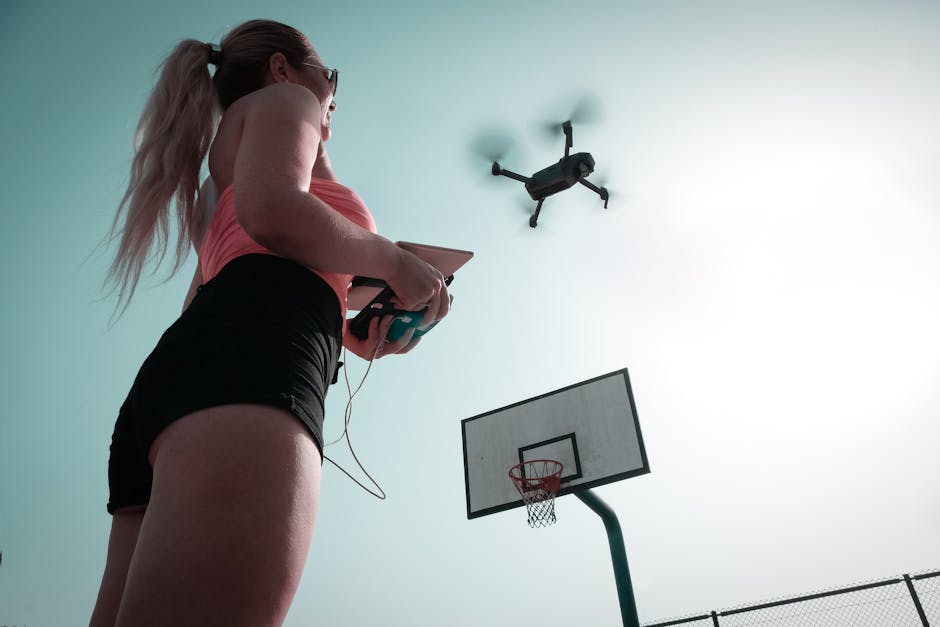
Photo by The Lazy Artist Gallery on Pexels
Before delving into drone videography techniques, it's essential to understand the basics. The drones used for videography aren't your average hobby drones; they're specialized pieces of machinery.
There are primarily three types of camera drones suitable for capturing stunning aerial footage. Firstly, the multi-rotor drones, touted for their stability and precision. These drones also facilitate GPS camera direction, an essential feature for videographers.
The second type, the single rotor helicopter, is perfect for long-lasting aerial shoots, thanks to its fuel efficiency.
Lastly, we have the fixed-wing hybrid drones. These drones can fly for long durations and cover vast distances, capturing a wide expanse of landscape quickly.
Each drone boasts unique features like varying flight times, image quality, and maneuverability. Understanding these basics helps when deciding the best drone to meet your videography needs.
Investing in the right equipment: Recommendations for drone accessories and tools for high-quality videography

Investing in the right equipment is paramount to achieving the high-quality footage that drone videography can offer.
One essential accessory is a gimbal. This gadget stabilizes the camera during flight, minimizing shake and ensuring smooth footage.
Next is a drone controller with a screen, or a compatible mobile device to view and control your drone's point of view.
Consider investing in multiple high-capacity batteries. Drone flights have limited duration, and having extra batteries on standby allows for more frequent and longer shots.
Quality drones also offer the option for additional lenses. Depending on your shooting requirements, a wide-angle or telephoto lens may enhance the visual storytelling capabilities of your drone.
Finally, having a range of neutral density filters can assist with controlling the exposure of your footage, especially on brighter days.
Remember, achieving high-quality videography is as much about framing and filmmaking techniques as it is about having the right equipment.
Beginning with Drone Videography: An overview of drone operational safety guidelines and flight regulations
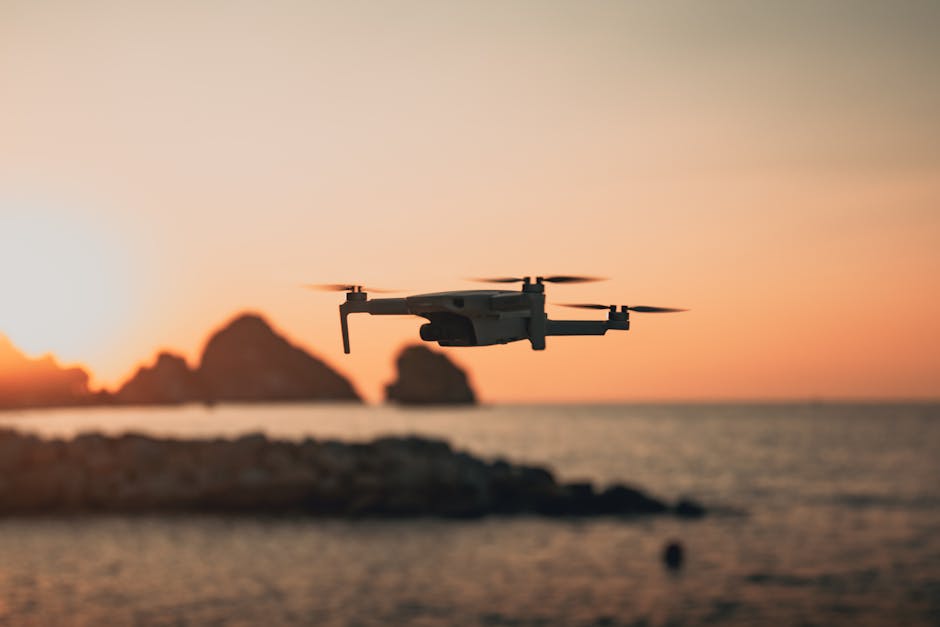
Photo by Alessandro Avilés on Pexels
As you embark on your drone videography journey, it's essential to familiarize yourself with drone operational safety guidelines and flight regulations.
Safety should always be your first priority. Familiarize yourself with FAA rules; regardless of the purpose of your flight—whether professional or recreational—you must always be in visual line-of-sight of your drone.
Respect to privacy of others is another crucial consideration. Avoid flying near people or private properties without their consent.
Understand no-fly zones. These restrict airspaces typically include airports, national parks, and government facilities. Using apps like B4UFLY can help you identify such zones.
Lastly, factor in weather conditions. This not only impacts your drone’s performance but can pose a safety risk in severe scenarios.
Remember, you are sharing the air with others. Being a responsible drone pilot ensures not just your safety, but that of others.
Mastering the controls: Tips on how to skillfully maneuver drones for impressive videos
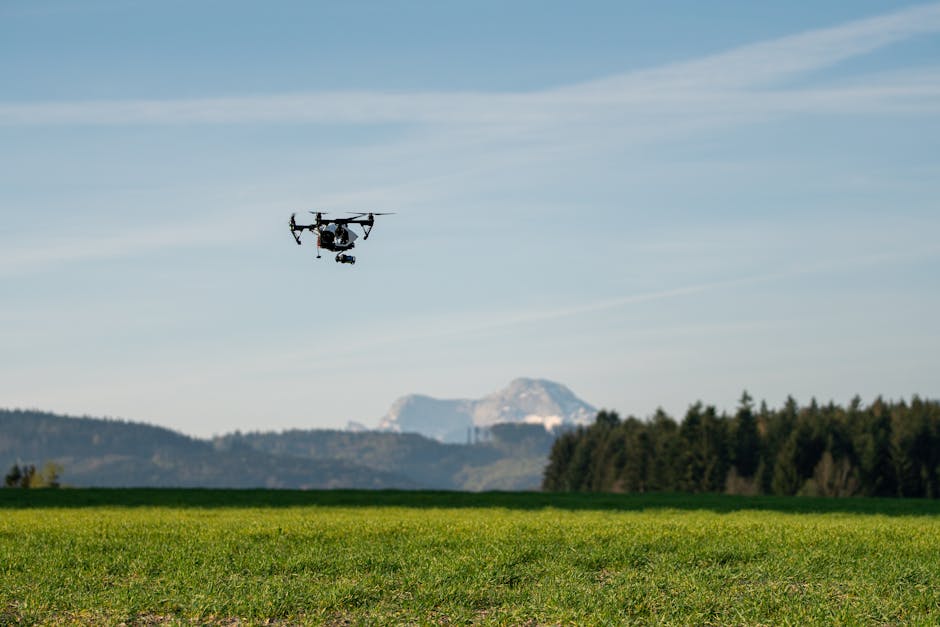
Mastering the controls can significantly enhance your drone videography game. Here are a few tips:
Start with the basics. Familiarize yourself with the controls, their respective roles, and how they impact the drone's motion.
Remember, practice makes perfect. Start with simple movements and gradually progress to complex maneuvers. Try filming in different terrains, patterns, and angles to become adept at handling the drone in various scenarios.
Always ensure your drone is in good health before flying. A quick check on the propellers, battery levels, and overall condition can help avoid mid-air failures and crashes.
Lastly, pay special attention to the speed and altitude. Smooth, steady movements generally make for the best shots, while fast-paced, high altitude flights may result in shaky or blurred footage.
Mastering drone controls is much like learning a new language, demanding patience and persistence. But with time, the outcome can lead to simply stunning videos.
Understanding Camera Settings: How to optimize drone camera settings for superior video quality
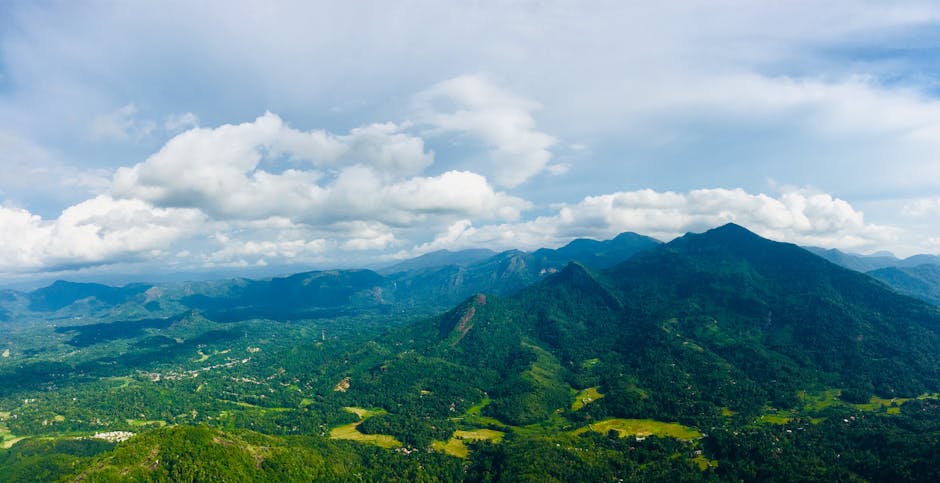
One of the fundamental elements of exceptional drone videography is mastering camera settings. By deftly adjusting these settings, you can significantly elevate the caliber of your aerial videos.
Brightness, contrast, saturation, and sharpness play a pivotal role in video quality. Experimenting with these allows you to bring your video to life and adds an enchanting visual appeal.
Opt for a low ISO setting wherever possible to minimize graininess. Lofty video quality can be achieved at an ISO of 100 or 200 under good lighting conditions.
Shutter speed also impacts your video quality. The widely accepted rule is to set your shutter speed double your frame rate for smooth motion blur.
Lastly, utilize the white balance feature to correct unrealistic color casts and improve overall color temperature.
Remember, the ultimate goal is to portray your video subject in the most dynamically stunning yet realistic manner possible.
Diverse Drone Shots: An in-depth exploration of various types of drone shots- top-down, reveal, follow, and orbit shot
Drone videography has significantly expanded the horizon of filmmaking, bringing forth a plethora of opportunities to capture diverse shots.
One intriguing technique is the top-down shot, providing an overlooking perspective akin to a bird's eye view. It's remarkable for showcasing landscapes or wide shots of a scene.
The reveal shot is a dramatic technique, beginning with a close frame and gradually unveiling the larger picture. It builds suspense and curiosity, perfect for initial scene establishments.
Next, the follow shot keeps the subject in the frame while the drone smoothly follows the movement. This technique offers a sense of journey and progression, ideal for tracking shoots.
Lastly, the orbit shot circles around the subject, providing a 360-degree view. Such shots are effective in presenting a holistic depiction of the subject or location.
With multiplicity in shots, drone videography has transformed storytelling aesthetics.
Adding the finishing touch: Post-processing and editing of drone videos for a cinematic look
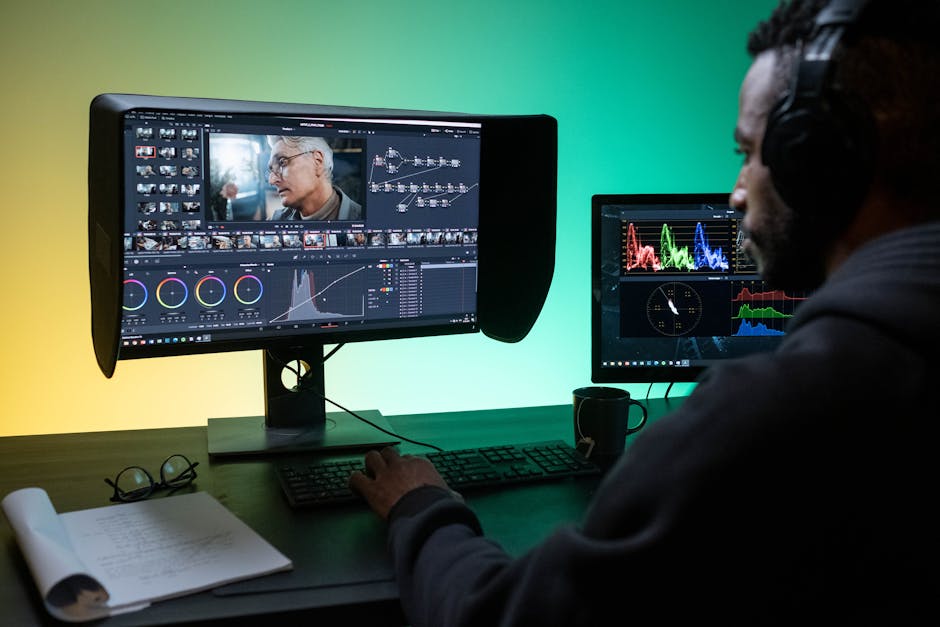
Photo by Ron Lach on Pexels
As you complete your drone videography session, the work isn't over yet. The real magic happens in the post-processing and editing phase.
Post-production is where you give your drone videos their cinematic finish. Start by importing your raw footage into a video editing software. Start refining them by adjusting the color scheme, contrast, saturation, and shadows.
Additionally, consider using techniques like slow motion and time-lapse to add more depth. Audio is another essential element. A compelling soundtrack or apt sound effects can influence the emotion and overall atmosphere of the video.
Lastly, remember editing should enhance your video, not overshadow it. Keep it subtle and meaningful for a truly professional and cinematic look.
By mastering the art of post-processing, you can elevate your drone videography techniques, making your video visually engaging and resonate emotionally with your audience. Enjoy the process, and let your creativity fly high.
Drone Videography Etiquettes: Respecting privacy and following legal boundaries while shooting
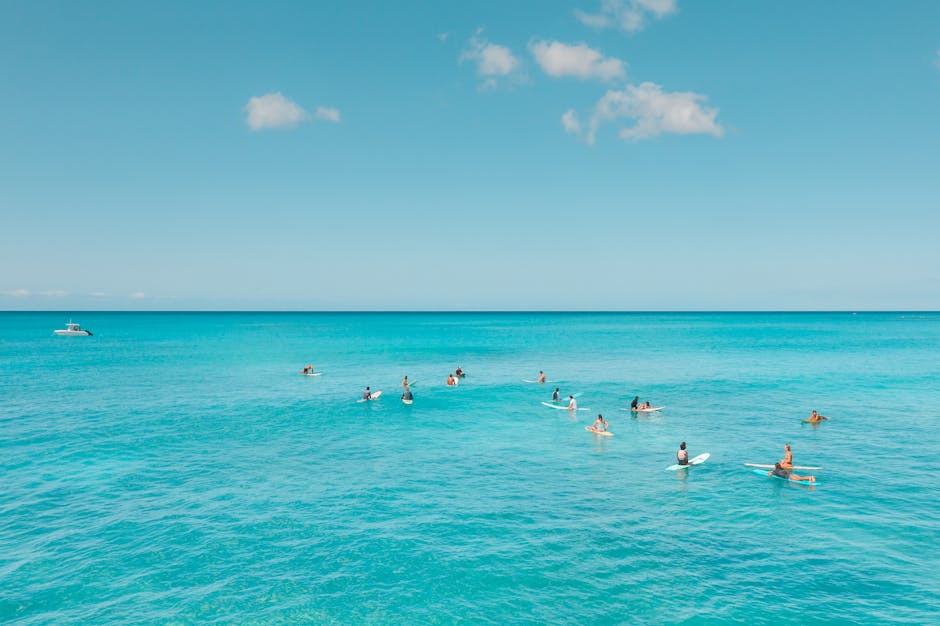
As a drone videographer, respecting privacy and following legal parameters are imperative. When setting up your shots, ensure that you are not infracting on anyone’s privacy. Although aerial shots are fascinating, avoid zooming in through windows or hovering over private properties without permission.
Acquaint yourself with FAA regulations - for instance, never fly drones over 400 feet in the United States. Understand that ignorance isn't an acceptable defense for breaking the law, even inadvertently. Different regions have their own rules – apps like B4UFLY can help you stay informed up-to-date.
Maintaining ethical conduct when flying drones is crucial, not only to reflect your professionalism but also for the wider acceptance of this promising technology. Practicing good etiquettes builds trust with clients, while bridging the gap between artistic pursuits and privacy concerns.


